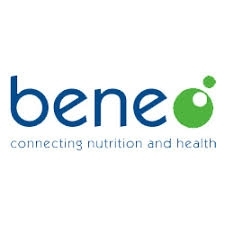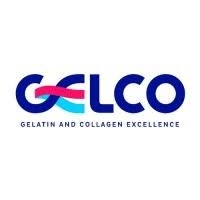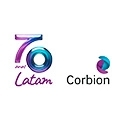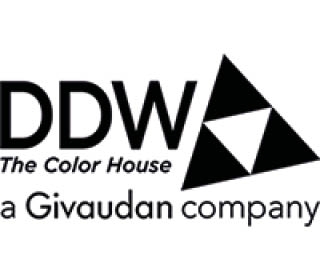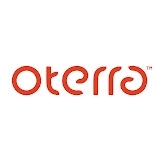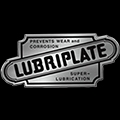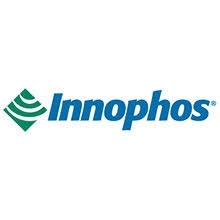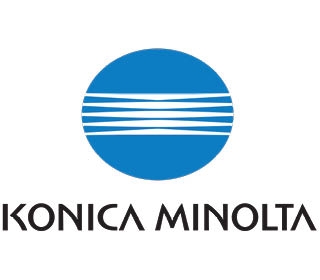Sugar reduction culture: Sweetening the deal with culture- and enzyme-based solutions
Despite pressure building for the industry to slash sugar rates in their products, consumers still crave sweet flavors. Innovation in the cultures and enzymes space means these natural solutions are increasingly applied to reduce sugar, particularly in the dairy arena. The bonus here is that the final offering can tout the coveted clean label claim. Sat down with DuPont and Chr. Hansen to discuss their solutions to tackle sugar reduction at Fi Europe 2019, held in Paris, France, last week.
According to Innova Market Insights, a critical factor in the popularity of yogurt is its health associations. In 2018, 64 percent of all new yogurts made digestive or gut health claims, tapping into increasing consumer awareness of the fermentation space. However, despite this association, yogurts are consistently spotlighted for their high sugar content. A recent study from the European Commission’s Joint Research Centre (JRC) found that between half and two-thirds of yogurts were too unhealthy to market to children due to their high sugar content.
In light of this, pressure has hit the dairy industry to reformulate and there has been 46 percent average annual growth in dairy launches with a “low sugar” claim (Global, 2014-2018).
Sweety cultures for sweetness
But key to succeeding in the reduced sugar dairy space will be naturality, according to Jessica Bentley, Commercial Development Director, Fresh Dairy, at Chr. Hansen.
Tapping into this space, the Danish company has now commercially launched Sweety Y-1, an innovative culture solution allowing the natural creation of sweetness by unlocking milk’s own resource – lactose.
“Sweety is a yogurt culture that works the same way typical cultures do. It uses the lactose in the milk, but it's not using the glucose for metabolism – like typical cultures – so that glucose remains in the product matrix. The glucose tastes sweeter than the otherwise residual lactose in typical yogurts, meaning the sweetness is supported and we don't have to add much extra sucrose,” she explains at FiE.
The culture solution uses Streptococcus thermophilus and Lactobacillus bulgaricus cultures, simply appearing on the label as a culture. This is a strong plus-point as clean label demands continue to drive NPD. On the floor of FiE last week, a variety of companies showcased their clean label offerings.
Its stable pH character also offers shelf stability. “Sweety is a mild culture with superior pH stability. This enables dairy manufacturers to create products that maintain sweetness throughout shelf life. As the first and only company to launch such a solution, we expect a lot of interest and are excited to engage with our customers,” Bentley elaborates.
Essential enzymes
Starter cultures typically produce enzymes, which are biological catalysts that speed chemical reactions in a natural way, thus improving fermentation efficiencies. Speaking to at the show, Clementina Dellomonaco, Global Product Manager & New Business Development, Dairy, DuPont, highlighted the company’s new flagship dairy enzyme – DuPont Danisco Nurica.
This enzyme also facilitates sugar reduction – up to 35 percent – while generating prebiotic dietary fiber in situ through the natural conversion of lactose.
“Nurica is unconventional lactase. It still splits the lactose, which is the sugar present in milk, into two sugar components: galactose and glucose. The glucose is the sugar that gives the balanced sweetness and the galactose is a polymerized monomer of sugar, which gives you the long-chain fibers – GalactoOligoSaccharides (GOS). These GOS are prebiotic fibers, used in infant formula. As such, they are excellent for sugar reduction in dairy products,” she explains.
“GOS is the main fiber in infant formula and is known to stimulate beneficial Bifidobacteria in the gut. Research has also documented the contribution of GOS to increased mineral absorption and a sense of satiety. Inactivation of the enzyme via heat treatment ensures the stability of GOS in fermented dairy applications,” says Dellomonaco.
Using Nurica, manufacturers can fine-tune the sugar, fiber and lactose content of their dairy products to achieve multiple nutritional claims that benefit consumers who are either lactose intolerant or generally in search of healthier choices.
As to whether manufacturers using the enzyme can put a functional fiber claim on their product, Dellomonaco explains that until DuPont conducts its own clinical trials on this topic, it cannot be done. However, the company may well invest in this in the future.
What’s next?
As we transition into the new year, both Bentley and Dellomonaco expect sugar, salt and fat reduction to continue to drive R&D operations across the industry.
However, the one that will take most precedence will be sugar reduction. Health organizations, governments and retailers are setting objectives to reduce sugar in foods while consumers are increasingly focusing on sugar content, looking for healthy and natural products that taste great. This means dairy manufacturers will continue to feel pressure to reduce added sugar in their products, especially in dairy applications such as yogurt.
Nevertheless, tackling taste and texture while reducing sugar needs to be done using natural ingredients to really succeed, they add.
“Sugar reduction will not go away and it will be key in 2020. But natural solutions are also the key. This is a perfect trendy fit and we will see more products launched with reduced sugar through natural solutions,” concludes Bentley.
Ingredient suppliers investigating the reduced sugar space are also engaging with sugar-alternatives. Also at FiE, the role of stevia and Reb M and D was clear.



